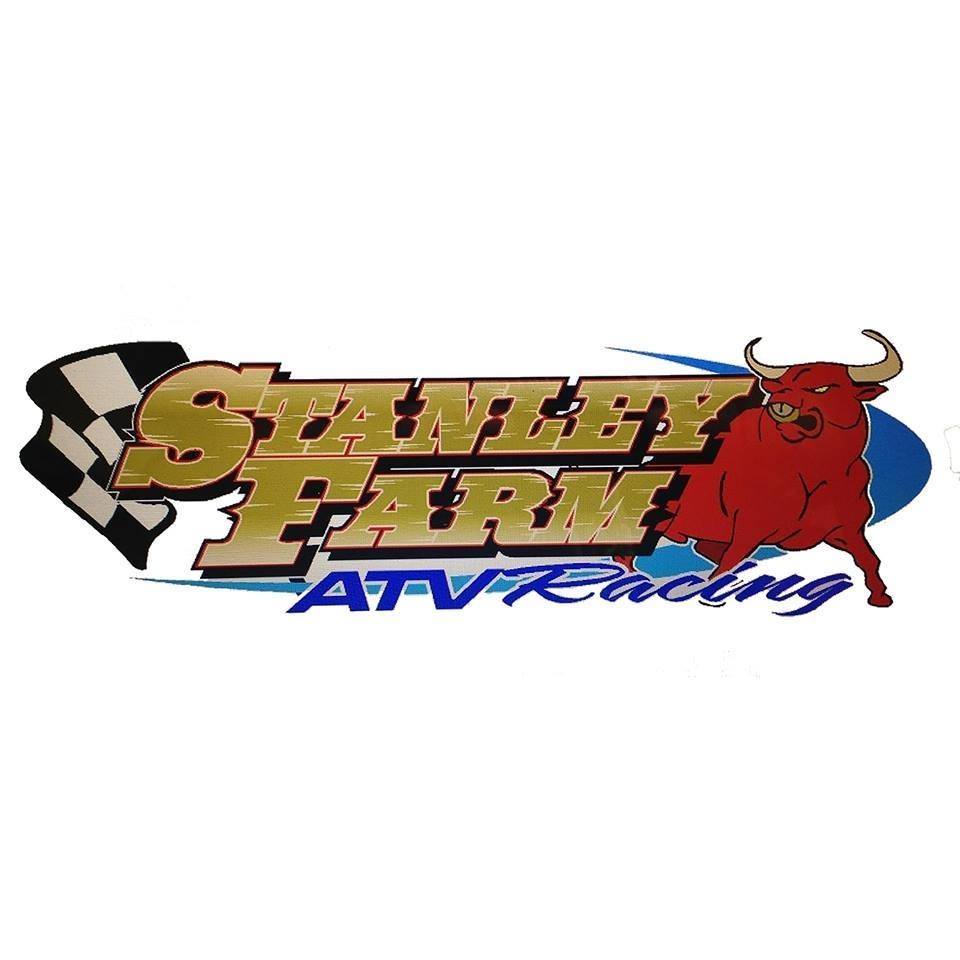So you’re thinking of riding your farm ATV on public roads? You’re not alone. Thousands of farmers and rural residents use their all-terrain vehicles (ATVs) every day, not just on fields—but on roadways too. But here’s the catch: there’s a maze of legal hoops to jump through. Lucky for you, we’ve laid it all out. Let’s dive into 10 legal tips for farm ATV use on public roads—with everything you need to stay legal, safe, and stress-free.
Why Farm ATV Laws Matter
Let’s face it—ATVs aren’t your average road vehicle. They’re designed for rough terrain, not highways. That’s why most places have specific rules when it comes to riding them on public roads.
Risks of Ignoring ATV Laws
You could face hefty fines, lose your ATV, or worse—get into a serious accident. Staying informed isn’t just smart, it’s essential.
1. Know Your State and Local Laws
Different states, counties, and even cities have their own rules about ATVs. What’s allowed in one place might be totally banned in another.
Variations Between States
For example, in some states like Montana and Wyoming, you can ride ATVs on certain public roads with minimal restrictions. In others like California, it’s a strict no-go unless it’s a registered utility vehicle.
Where to Find Legal Information
Start by checking your Department of Motor Vehicles (DMV) or local agricultural extension. Websites like Farm-ATV.com’s How-To Guides are also goldmines for up-to-date info.
2. Register Your Farm ATV
In many states, your ATV must be registered to be legal on public roads. Yes, even if you’re just going from one field to another.
Title, License Plate & Insurance
Some areas require a title and license plate, while others also demand liability insurance. Make sure your ATV’s paperwork is buttoned up tight.
3. Equip with Street-Legal Features
Most ATVs don’t come ready for the road out of the box. You’ll likely need to make a few modifications.
Mirrors, Lights, and More
This usually includes:
- Headlights
- Taillights
- Turn signals
- Brake lights
- Mirrors (side and rear)
- Horn
Yep, it sounds like a lot—but it’s doable with the right gear.
Use of ATV Accessories
Looking for quality gear? Check out the selection of ATV accessories that can help you convert your ATV into a street-legal machine.

4. Understand Road Use Restrictions
Just because your ATV is legal doesn’t mean it’s allowed everywhere.
County vs State Roads
Some counties allow limited ATV use on rural roads, while state highways are often off-limits. Always check posted signs and legal designations.
5. Get the Right License or Permit
You may need a special permit or even a driver’s license to operate your ATV legally on public roads.
Farm Use vs Recreational Use
If you’re using it strictly for farming, you may qualify for exemptions. But once you’re riding for fun or transport, different rules apply.
6. Carry Proof of Ownership and Use
It’s one thing to have your ATV registered—it’s another to prove it when pulled over.
ATV Registration Certificate
Always have your:
- Registration certificate
- Proof of insurance (if required)
- Driver’s license or permit
This simple habit could save you big headaches later.
7. Install Proper Safety Gear
Legal doesn’t mean safe—and vice versa. You’ll need proper equipment to ride responsibly.
Helmets and Seat Belts
In many areas, helmets are mandatory, even for adults. If your ATV has a seatbelt, use it. No excuses.
ATV Safety Tips
For a deep dive into safe riding, check out ATV safety resources on Farm-ATV.com.
8. Avoid Highways and Interstates
Let’s be clear: ATVs and interstates do not mix. They’re slower, smaller, and not built for that kind of traffic.
Safer Road Alternatives
Stick to farm roads, gravel paths, and low-traffic routes when possible. Safety first, always.
9. Use Signage and Lighting
Want to be seen? Make sure your ATV stands out.
Flags, Turn Signals & Hazard Lights
Install:
- Orange safety flags
- Reflective decals
- Turn signals
- Hazard flashers
This isn’t just smart—it’s often legally required.
10. Keep a Maintenance Log
You’d be surprised how often a simple record can save you. Mechanical failure on a public road? The blame could be on you.
Legal and Practical Reasons
Logging your ATV’s repairs and inspections helps with both legal compliance and longevity. Learn how with this maintenance log guide.
Final Thoughts
Riding your farm ATV on public roads doesn’t have to be a legal nightmare. With the right prep, you can keep your machine street-smart and fully compliant. Be proactive. Be legal. And always ride smart.
If you’re in the market for affordable ATVs, heavy-duty models, or electric ATVs for more eco-friendly farming, check out these pages:
Want more? The farm equipment and productivity gear sections are full of tools to keep your operation running smoothly.
FAQs
1. Can I legally ride my farm ATV on the road to reach another field?
In many rural areas, yes—if it’s for farming purposes and you meet local registration and safety requirements.
2. What kind of lights does my ATV need to be street legal?
Headlights, taillights, turn signals, and brake lights are usually required.
3. Are there any exemptions for farmers in ATV laws?
Yes, some states offer exemptions if the ATV is strictly used for agriculture—check local rules.
4. Do I need to wear a helmet when riding my ATV on public roads?
Most states require helmets regardless of age. It’s a safety must.
5. Can I get a ticket if my ATV isn’t registered but I’m only using it for farm work?
Yes—if you’re crossing or using public roads, registration laws typically apply.
6. Are electric ATVs treated differently under road laws?
Nope, electric or gas-powered—legal requirements are mostly the same.
7. Where can I find farm-specific ATV tips and tools?
Visit Farm-ATV.com for guides, gear, safety tips, and everything ATV-related.


